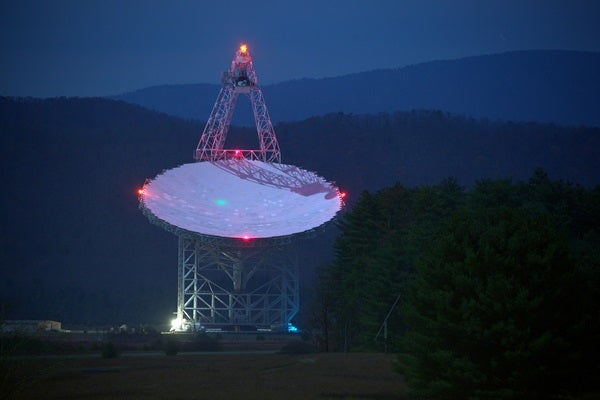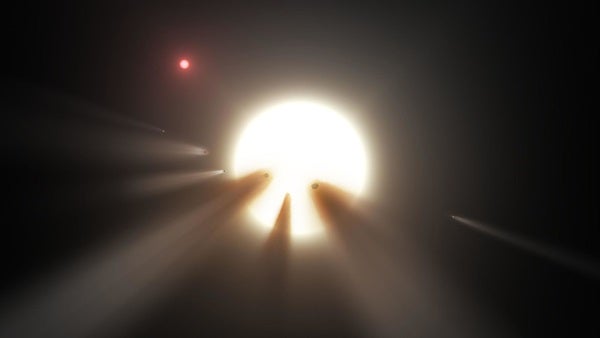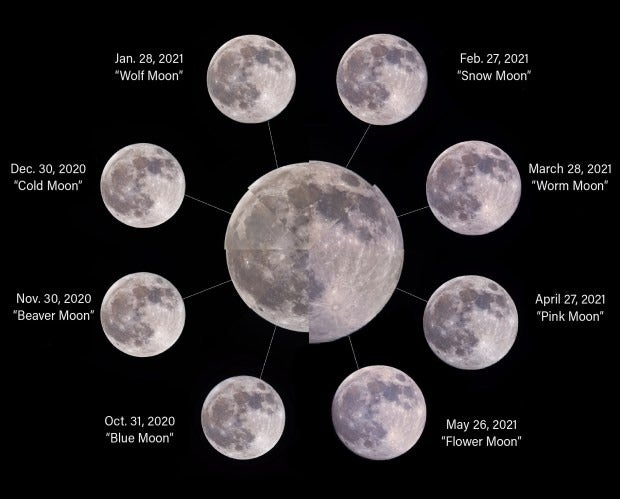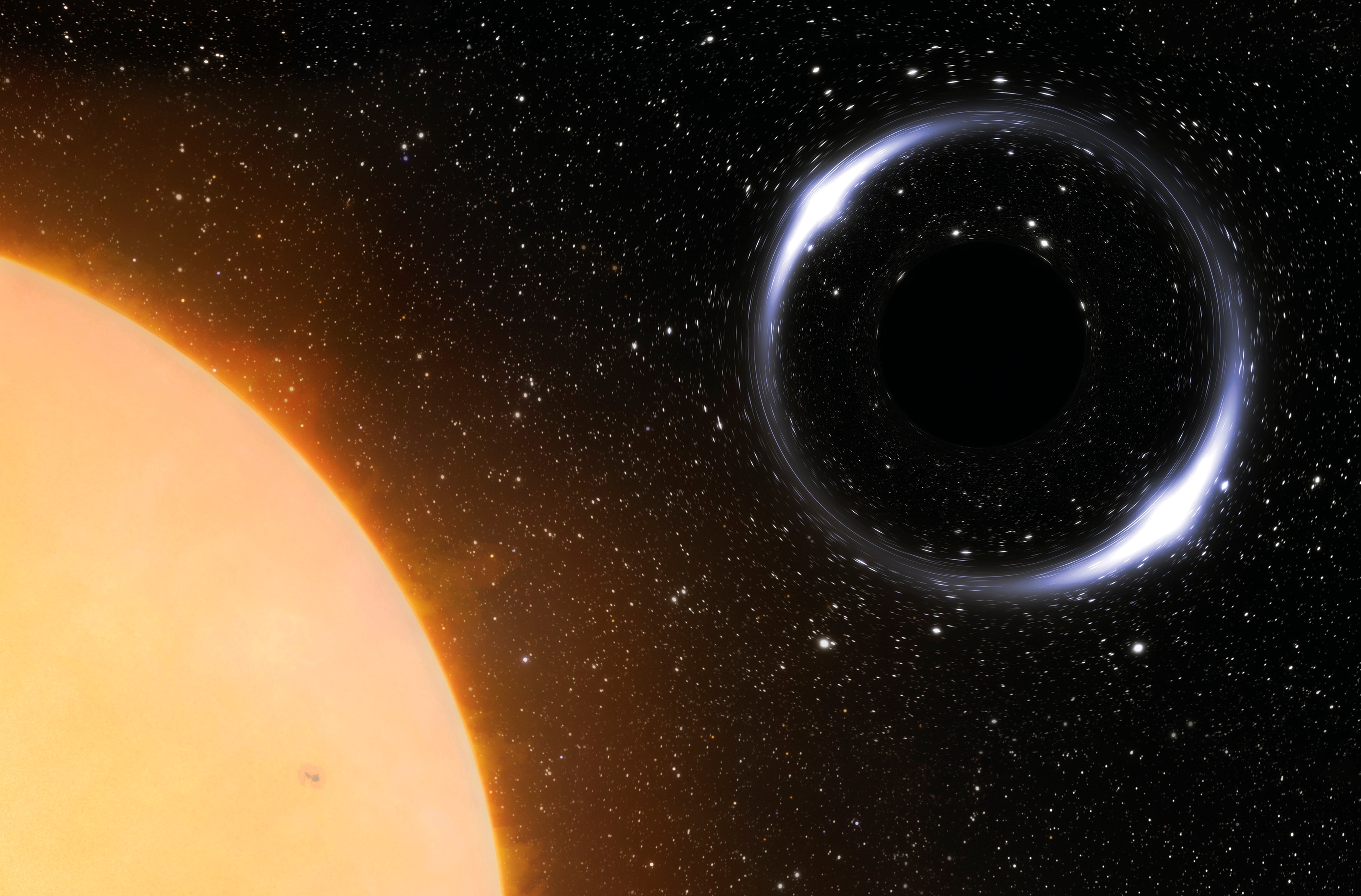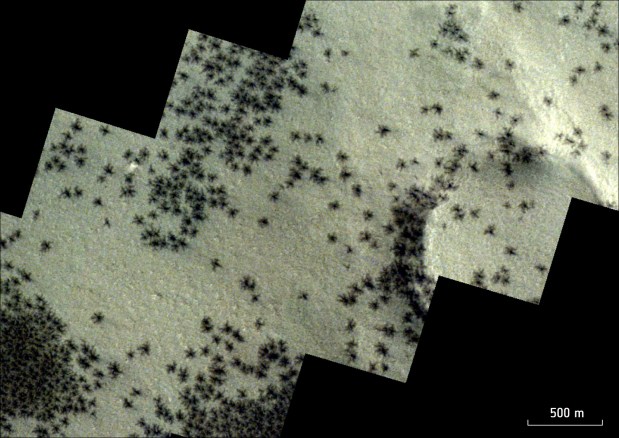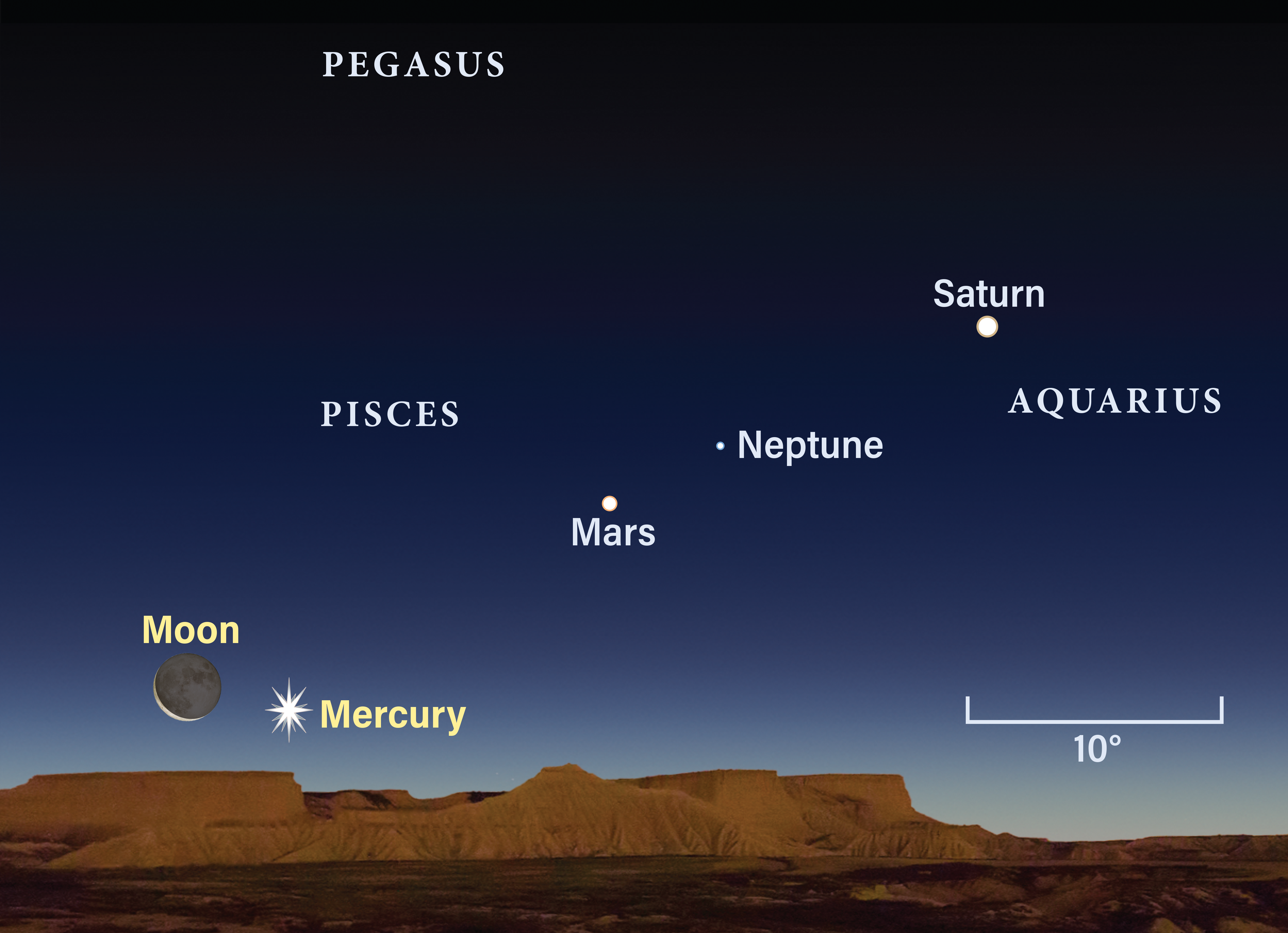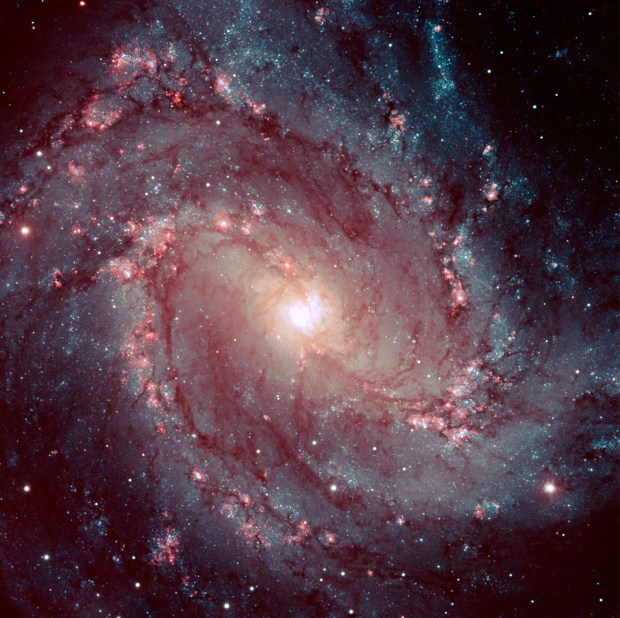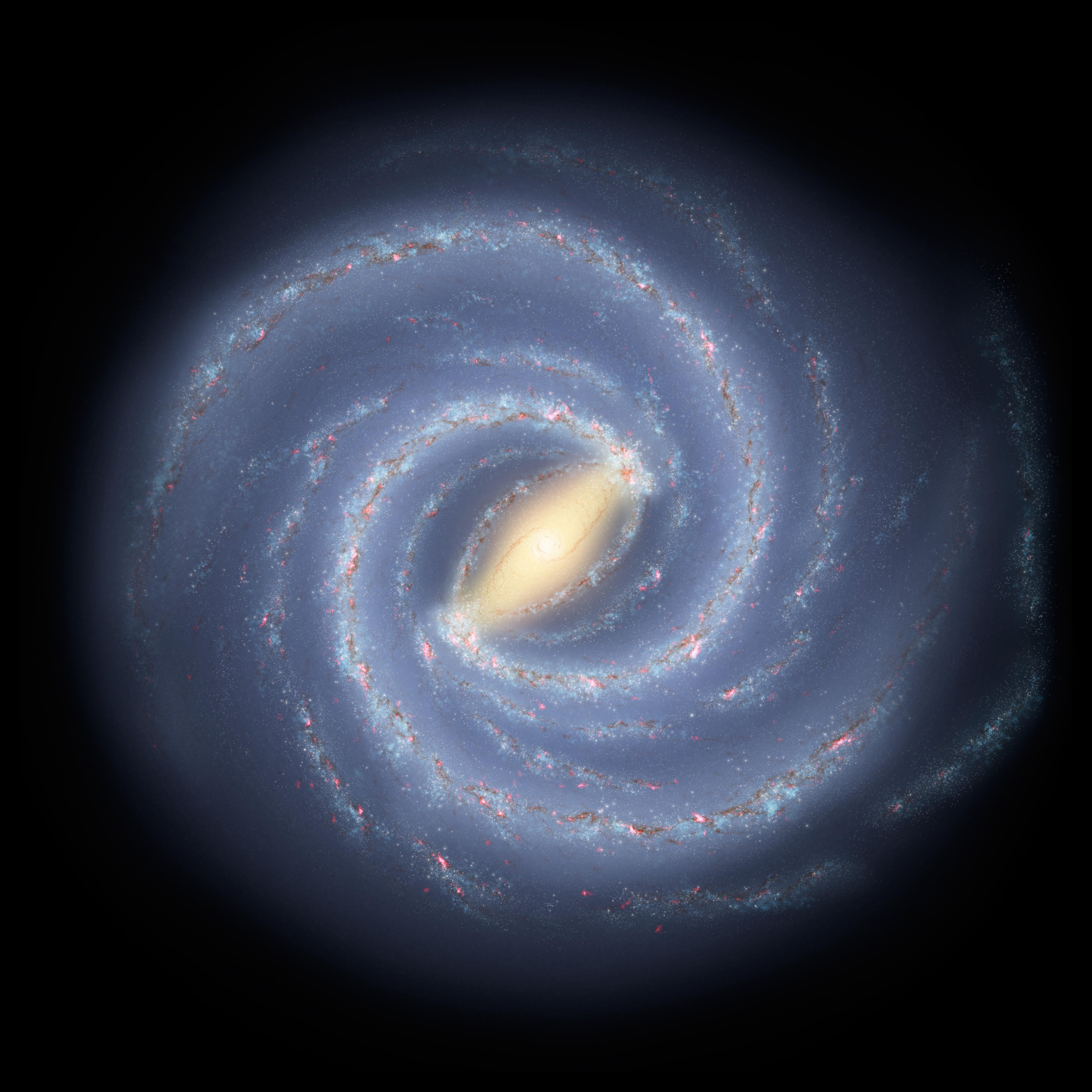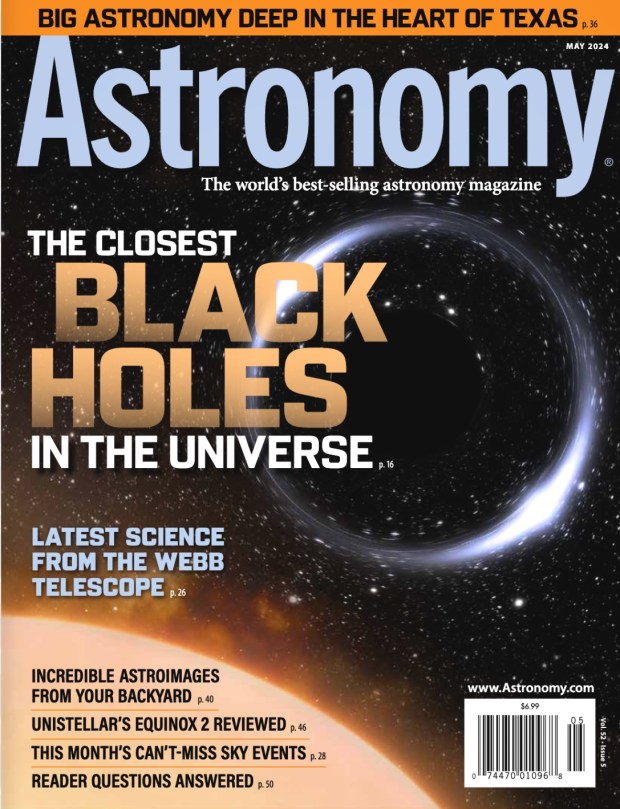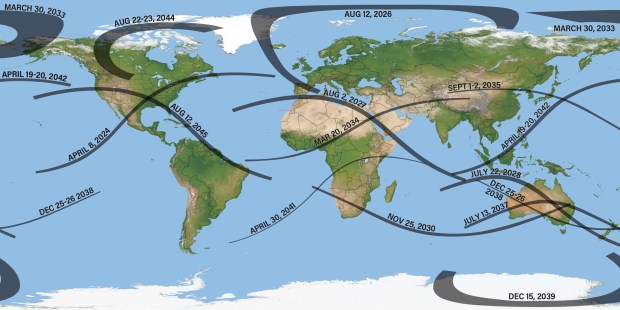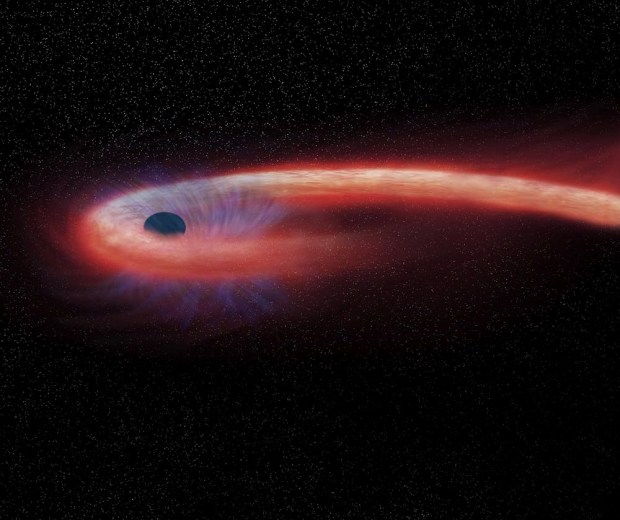Even though SETI Berkeley chief scientist Dan Werthimer called it a billion to one shot, Tabby’s Star may offer an intriguing (if remote) chance at finding evidence for intelligent alien life if it exists, and a large radio telescope may offer the best shot we have at detecting it.
The data collected on West Virginia’s Green Bank Telescope Wednesday night, along with two more nights of observation scheduled to happen over the next two months, could add a little more fuel to the debate about what’s causing the star’s light to dim and brighten at irregular intervals. If, as some astronomers have suggested, the culprit is a massive alien construction project, that civilization may also be sending radio waves out into space. That’s what SETI researchers hope to find with a new instrument mounted on one of the world’s largest radio telescopes as part of the Breakthrough Listen Initiative.
The SETI Institute previously made a set of observations using the Allen Telescope Array, but found no traces of extraterrestrial radio chatter. Now, the team of astronomers from the SETI Berkeley made their first round of observations at Green Bank earlier this week. “The observations went smoothly,” said astronomer Steve Croft. “Now the detailed data analysis begins, and this will take some time.“
Alien Construction?
Tabby’s Star, properly known as KIC 8462852, drew the attention of citizen scientist volunteers with the Planet Hunters project last year. They were looking for stars that briefly dimmed about one or two percent at regular intervals, the classic sign of an exoplanet passing between Earth and its host star on a regular orbit.
What they found instead, 1400 light years away in the constellation Cygnus, was a star whose brightness dipped by 22%, for days at a time, on no apparent schedule. A look at archived data from optical telescopes found that KIC 8462852 had also been getting steadily dimmer over the last century or so. Tabetha Boyajian – then a postdoc, and now an assistant professor of physics and astronomy at Louisiana State University – reported the mystery to the scientific community in a September 2015 paper.
And astronomers still aren’t sure how to explain it. Plenty of reasonable-sounding natural explanations have been considered and ruled out in the past year, and none of those still standing seems like an exact fit. Boyajian first proposed that a swarm of comets, breaking up as its orbit spiraled closer and closer to the star, could be blocking the light, although it would take “hundreds of thousands of giant ones” just to account for the last month of dimming.
“It is pretty outrageous, agreed, but I think all of the things that are put forward have been outrageous so far, and so we haven’t ruled it out yet,” she said.” The real trouble is that anything in orbit around the star – whether it’s a comet swarm, a cloud of debris from two colliding planets, or an alien construction site – would absorb visible starlight and radiate infrared. According to infrared telescope observations, though, there’s not enough excess infrared energy coming from Tabby’s Star to account for any of those phenomena.
Whatever is blocking the light could be out in interstellar space, between our solar system and the KIC 8462852 system, where it wouldn’t be taking in energy from the star to radiate as infrared. “That’s where my favorite solutions are right now,” said Wright, who recently co-authored a paper on possible explanations for Tabby’s star’s strange flux.
“If there were a thing in the interstellar medium that causes stars to dim, it would have been noticed before, so why are we just seeing it now? But maybe it’s just some really rare event. So, our favorite was that there is some rare kind of very small cloud of dust in the interstellar medium,” he said, adding that the cloud could also be out on the far edges of our own solar system. Wright and his co-author couldn’t totally rule out that option, but it would be difficult to explain how such a cloud could form
Scientists operate on a theory first spelled out by the fictional detective Sherlock Holmes: first, you rule out the impossible things. Whatever’s left, no matter how wildly improbable, has to be considered – such as the idea that if an advanced alien civilization lived on a world orbiting Tabby’s Star, it could have built a massive array of solar energy-collecting structures in orbit around the star itself. Such an orbiting array, called a Dyson structure – named for physicist Freeman Dyson (also of nuclear pulse rocket fame) who first sketched out the concept in 1960 – could account for the irregular dips in Tabby’s Star’s light.
One version, called a Dyson sphere, would completely enclose the star in a sphere of solar power harvesters, but the Dyson sphere idea falls prey to the same catch as the comet swarm or planetary debris ideas: infrared excess. On the other hand, if the hypothetical denizens of Tabby’s Star were channeling all that collected solar energy into, say, beaming radio signals toward Earth, there would be little to spare as infrared. “It could also be that the swarms are in a disc, and that would also produce the amount of infrared radiation that we see,” said Wright.
It’s the kind of possibility that captures the imaginations of scientists and laypeople alike, and in the year since the paper was published, Tabby’s Star has been observed by telescopes on Earth and in orbit, in every wavelength on the electromagnetic spectrum. So far, none of the observations have found anything conclusive.
Breakthrough Listen
On three nights over the next two months, the team will use a new radio astronomy instrument, designed for the Breakthrough Listen initiative, to scan the dial for radio signals from Tabby’s Star. Mounted on a telescope, the Breakthrough Listen backend instrument can examine a wide spectrum of bandwidth, equivalent to billions of individual radio channels, all at the same time. That lets astronomers observe what’s going on in the radio wavelengths much more quickly than they could with older instruments.
Along with Green Bank, the Breakthrough Listen initiative will use similar instruments on Australia’s Parkes telescope, for radio astronomy, and the Automated Planet Finder at California’s Lick Observatory, to search for optical laser transmissions.
Last week, the team mounted Breakthrough Listen on the Green Bank radio telescope in West Virginia. According to Breakthrough Listen co-director and Berkeley SETI director Andrew Siemion, during a live YouTube chat on October 24, “It’s absolutely our best chance to detect advanced technology that’s emitting radio waves if indeed there is an advanced civilization inhabiting the area around Tabby’s Star.”
Green Bank is the largest and most sensitive ground-based telescope that’s actually in a position to point at Tabby’s Star – sensitive enough to pick up a signal with about as much energy as an aircraft surveillance radar. “We would be sensitive to technology no more advanced than our own, if indeed it exists around Tabby’s Star and we get lucky and it’s pointed at us,” said Siemion.
In fact, the team spent part of Wednesday night detecting signals from human technology to help calibrate the instrument. “The observations of Mars last night resulted in the detection of at least one of the human spacecraft on or around Mars; the team is working to try to figure out exactly which one it is (which is not a trivial task),” wrote Croft on Thursday.
“This is a great test of our instrument, because if we can detect human technology that’s an analog for what we’re searching for from a distant technology, that’s a good indicator that our instrument works,” said Siemion during Wednesday’s session.
What will an alien radio signal from Tabby’s Star look like? Siemion and his colleagues will be watching for anything in the data that doesn’t look natural. “Principally what that is, usually, is a lot of electromagnetic energy at just one frequency,” he said. “So, it’s just like a radio station here on Earth. We search a large amount of the radio bandwidth looking for just a lot of energy at one place on the dial.”
The search will focus first on the wavelengths between 1 GHz and 12 GHz, about the same range of frequencies used by devices ranging from cell phones on the lower end through satellite TV on the higher end. That range is “a nice quiet place to do all kinds of radio astronomy,” according to the team, because it’s a relatively clear window between the lower-frequency hiss of synchrotron radiation, our galaxy’s background noise, and the higher-frequency noise from hydrogen and oxygen molecules in interstellar gas.
Of course, that window is also full of transmissions from our technology here on Earth and scattered throughout the solar system. “In fact, the biggest challenge in a radio SETI experiment is actually telling the difference between our terrestrial technology and some distant technology,” said Siemion. That’s why, even if the team spots something promising in the data, it will take them some time to double-check their results and rule out terrestrial sources before they feel confident enough to make an announcement.
“This is such a profound subject and would be such a momentous discovery, that as scientists, it’s very important for us to get it right and to be sure that we’re not being fooled by some artifact of the instrument or some kind of human technology,” said Siemion.
Breakthrough Listen will also search all the way up to 100 GHz, the highest frequency GBT can observe.
It could take up to a month to comb through the petabyte of data the astronomers hope to collect during the observations. Once it’s analyzed, they’ll make all the raw data public.
“That’s actually a huge challenge, because we’re collecting a huge amount of data,” said astronomer Jason Wright, “but we’re going to do our best to make it public and to allow anyone who wants to, to look through it in case they have some sort of signal that we might not have thought of that they’d like to look for.” After all, it was an online community of citizen scientists who noticed the oddity of Tabby’s Star in the first place.
What if There’s Something There?
Siemion and his team aren’t looking for evidence of a Dyson structure in particular. The observations that are taking place now at Green Bank are looking for signs of technology that’s not necessarily signs of the Dyson Sphere,” said Croft. “It’s just like, if there is ET there, then maybe they are also broadcasting in the radio.”
If a signal does show up, the first step would be to take another look with Green Bank, and call other astronomers at other telescopes and ask them to take a look at Tabby’s star and see if they spot the same signal. That, said Croft, would bump the star up a few slots on the Rio scale, a 10-point scale developed to help convey how exciting a potential piece of SETI evidence actually is. At the moment, Wright rates Tabby’s star at about a 1 or a 2 on that scale.
That’s surprisingly low, given all the hype surrounding it, but the astronomers are clear about not giving the alien theory good odds, although they take it seriously enough to have sent a team from Berkeley all the way to West Virginia to do some observations. “I don’t know how likely it is to be something like a Dyson structure, but it is sufficiently interesting that I think it’s worth a look,” said Wright in an email.
What if There’s Not?
This is just eight hours a night for three nights, spread out over two months. If nothing turns up, of course, that’s not evidence that there’s nothing at Tabby’s Star. “So, because we don’t see signs from an extraterrestrial intelligence transmitting at the frequency that we happen to be looking at at the time that we happen to be looking, that doesn’t mean that they’re not there.”
To improve the odds, the team may eventually coordinate with an optical telescope to watch for the dimming that means something is passing across the face of Tabby’s Star. That detection would trigger radio observations at Green Bank to see if the interfering object is broadcasting radio signals.
And if there’s nothing to be heard from Tabby’s Star on the radio waves after several tries, that’s still useful scientific data; solving a mystery like this one is as much about ruling out the wrong answers as it is about thinking of the right one.
“I always worry that it’s going to end up being something mundane, but I just can’t imagine what, so whatever it is, I think it’s going to be really interesting,” said Siemion. That’s happened before; when astronomers discovered pulsars in the 1970s, they jokingly dubbed the first one LGM-1, short for Little Green Men-1 because at the time, they had no other explanation. Pulsars weren’t alien signals, but they turned out to be important, fascinating cosmic phenomena. Tabby’s Star may hold a similar discovery.
“It’s probably not aliens, but that would be really fantastic if it is,” said Croft.

